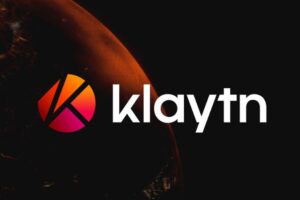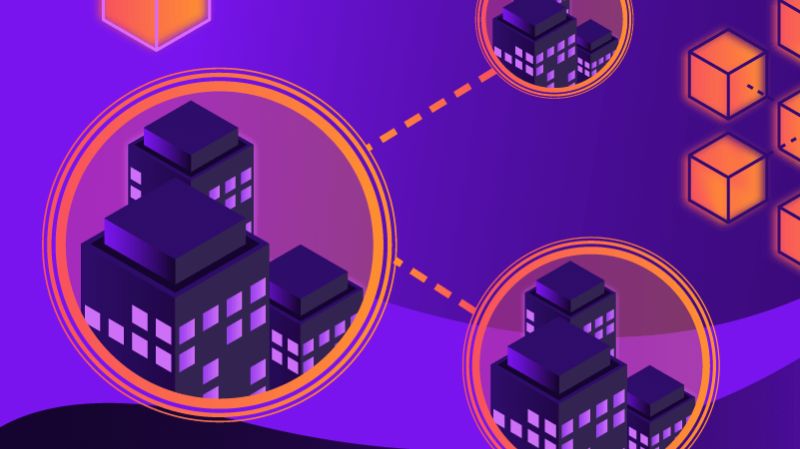Artificial intelligence, smartphones, supercomputers, and other such technology are transforming our world daily. We can create a variety of mobile apps and programs in the languages that such technology supports. Python is one of the most widely used programming languages.
According to Stack Overflow’s developer review, Python was the most popular language in 2018, topping C# and PHP. Python’s growth implies that it has evolved into a high-level platform, with 93,197 great enterprises.
Python surpasses other languages because of its maturity, extensive library, and suitability for both small and large web development projects. Machine learning, databases, cloud infrastructure, UI/UX design, data analysis, web scraping, security, mobile development, and APIs are just a few of the sectors where Python programmers are in a growing market.
Page Contents
Top Python frameworks for App Development
Django
Django was ranked first because it is an open-source Python platform. This technology is easy to use and allows you to create sophisticated data-driven websites. The platform offers a sophisticated and extensive base with libraries, templates, and APIs that enable the creation of long-term web development projects. Django is the best Python framework, with Instagram, Pinterest, Bitbucket, Nextdoor, The Washington Times, and other well-known websites using it.
Turbogears
Turbogears is a web application development platform that includes sqlalchemy, repoze, and webob, among other WSGI components. Turbogears is based on the MVC architecture and enables speedy website development thanks to features that allow it to work as a full-stack or microframework solution with MongoDB as the primary storage.
Numpy
Numpy is a Python package that helps with array manipulation. Its library can handle multidimensional object arrays as well as a variety of array processing operations. This framework expands offshore python development by providing great performance with advanced data structures and utilities.
Pandas
Pandas is a python module that gives developers access to simple data structures and data analytics capabilities. Finance, economics, statistics, and other academic and commercial fields make extensive use of the technology.
Matplotlib
Matplotlib is a python charting toolkit with an object-oriented API that lets you integrate graphs into your program. Python scripts for creating 2d charts are also supported by the library. It’s similar to a general-purpose graphical user interface (GUI) toolkit that can display a wide range of graphs and plots, such as histograms, power spectra, bar charts, error charts, etc. By providing attributes like color line styles, formatting axes, font settings, and so on, the pyplot module in the library makes it simple to plot items.
Flask
Flask does not require any other tools or libraries because it is a microweb framework. It supports unit testing and integrates with the development server. This Unicode-based platform allows you to send restful queries, making it appealing to application developers to launch their projects.
Web2py
Web2py is a python-based platform for creating dynamic website content. The technology has included a code editor, debugger, and deployment tools since it was initially launched in 2007. Web2py allows you to use python to create dynamic web content.
Bottle
The pyplot module in the library makes it simple to plot data by offering properties like color line styles, formatting, and so on. The bottle is a WSGI micro web framework, which means it’s a single file with no dependencies other than a distributed module from the python standard library. All of this is included in the framework, as well as URL-based request dispatching, key/value databases and templates, and HTTP server support.
Cherrypy
Cherrypy makes it simple for developers to manage projects from anywhere using a user’s browser by assisting with the integration of crud (create, retrieve, update, and delete) functionality into apps. It offers an expandable plugin system and built-in testing support, and it allows an application written in cherrypy to run on multiple HTTP servers.
Falcon
Falcon is a Python framework that’s free and open-source, and it’s great for building small apps and backbends. The framework’s architecture style, which is noted for its speed, simplifies the development of back-end and microservices. It comes with a slew of add-ons, templates, and add-on packages that offshore python programmers will need to create apps.
Conclusion
Thus, we can see that developing Python software is quick and flexible. Because of the Versatility of Python’s code, it may be used to create a wide range of applications. Furthermore, different libraries are available for various types of projects, which is one of the reasons why corporations choose Python over other languages.
As a result, it’s vital to enlist the help of a team of experts that can give you expert guidance on a Python-based program.











